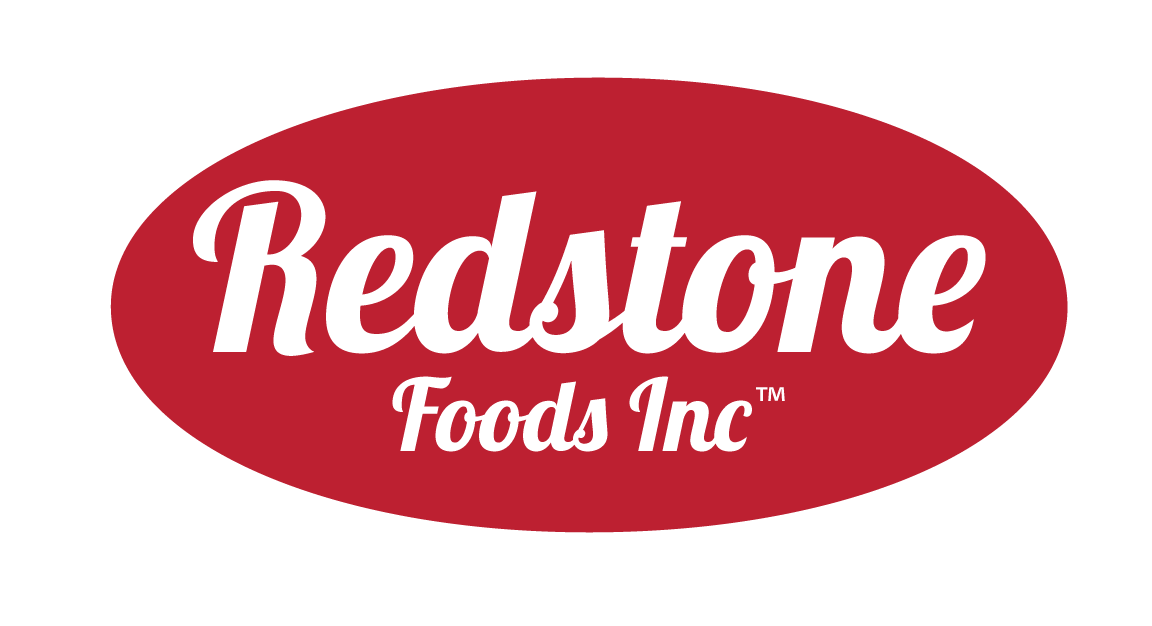If you're conscious, pick a small number.
Then, click the red box that number of times.




A premier distributor of specialty candy, glass bottle soda and fancy food items. With an inventory of over 6,000 selections we feature an extensive range of bulk candy, novelty candy, old fashioned candy and fine chocolates that are perfect for any occasion, along with a holiday offering that is second to none. We also proudly serve thousands of candy stores, soda shops, gourmet food stores, distributors, travel retail, gift shops, and many other retail outlets throughout the United States, as well as internationally.
© 2025, Redstone Foods, Inc., All Rights Reserved
1434 Patton Place, Suite 106, Carrollton, TX 75007